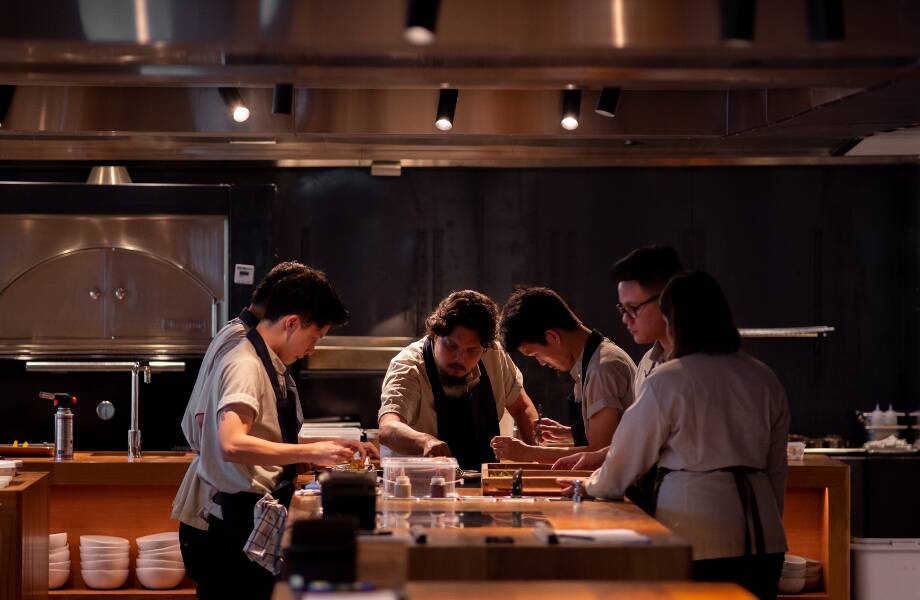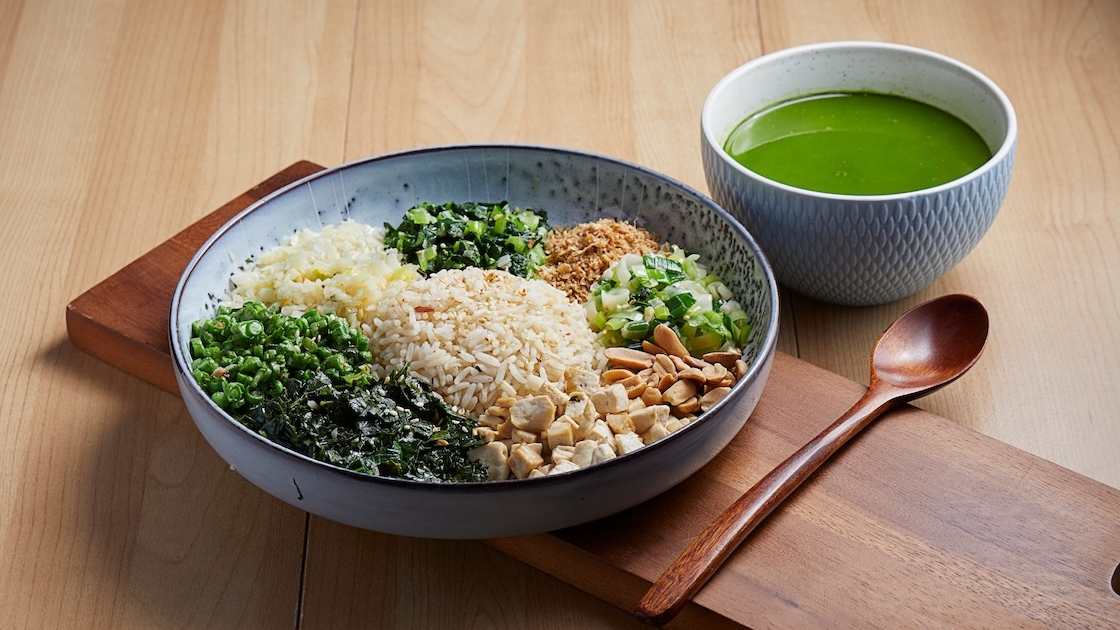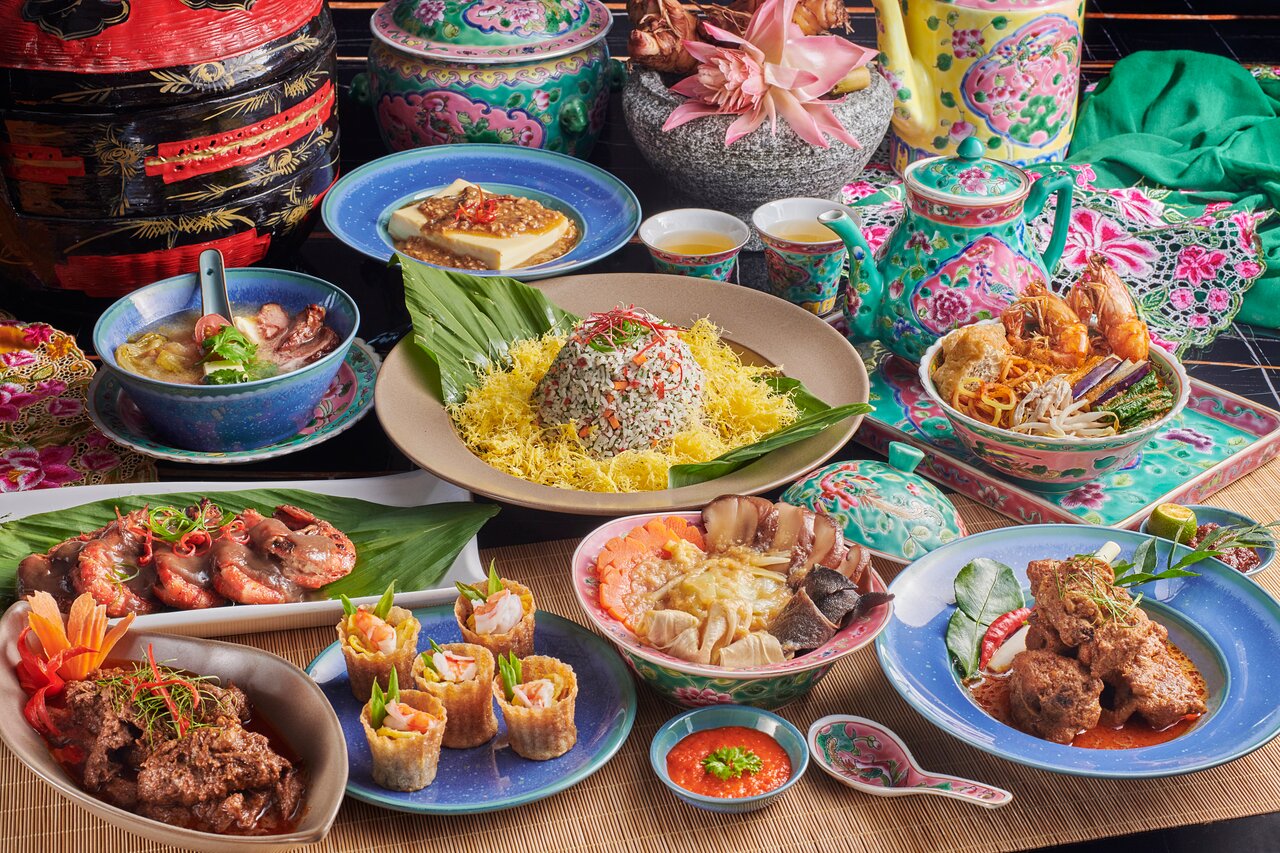Few places in Kuala Lumpur can match the quiet luxury of The Majestic Hotel. Tucked just off Jalan Sultan Hishamuddin near the city center, the property is a rare example of a heritage hotel that hasn’t just survived modernization, but thrived because of its equal embrace of the past and present.
Today, The Majestic is a preferred destination for travelers of every kind looking to experience a more refined slice of the city: couples on staycations in the Junior Suites, international visitors indulging in afternoon tea under the glass-roofed Orchid Conservatory, and business guests sipping cocktails in the Smoke House before a formal dinner at Contango.
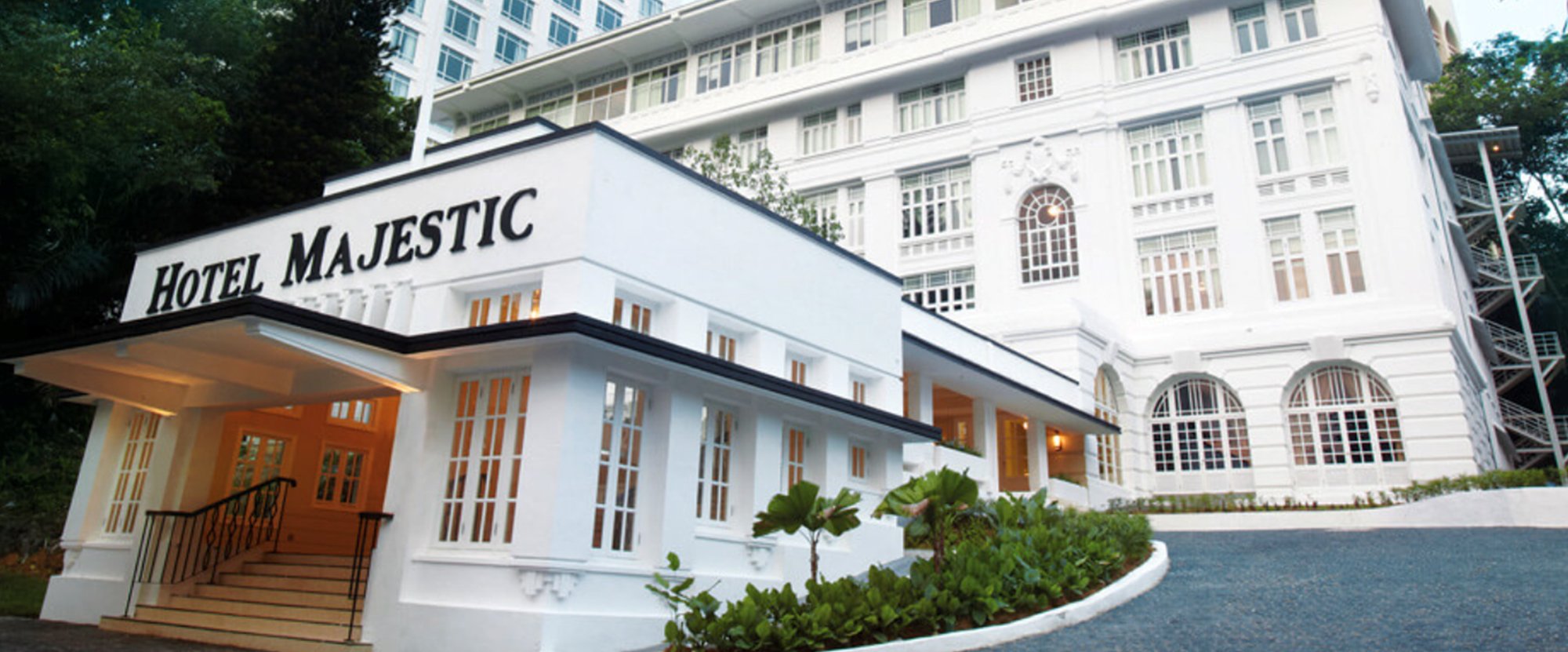
Despite the hotel’s vintage aura, complete with uniformed butlers and polished marble floors, there’s nothing dated about its amenities. Wi-Fi is fast and everywhere, the gym is well-equipped, and rooms come with sleek bathrooms and automated blinds. And yet, through all the conveniences of the modern age, The Majestic still wears its history with confidence.
A Storied Legacy
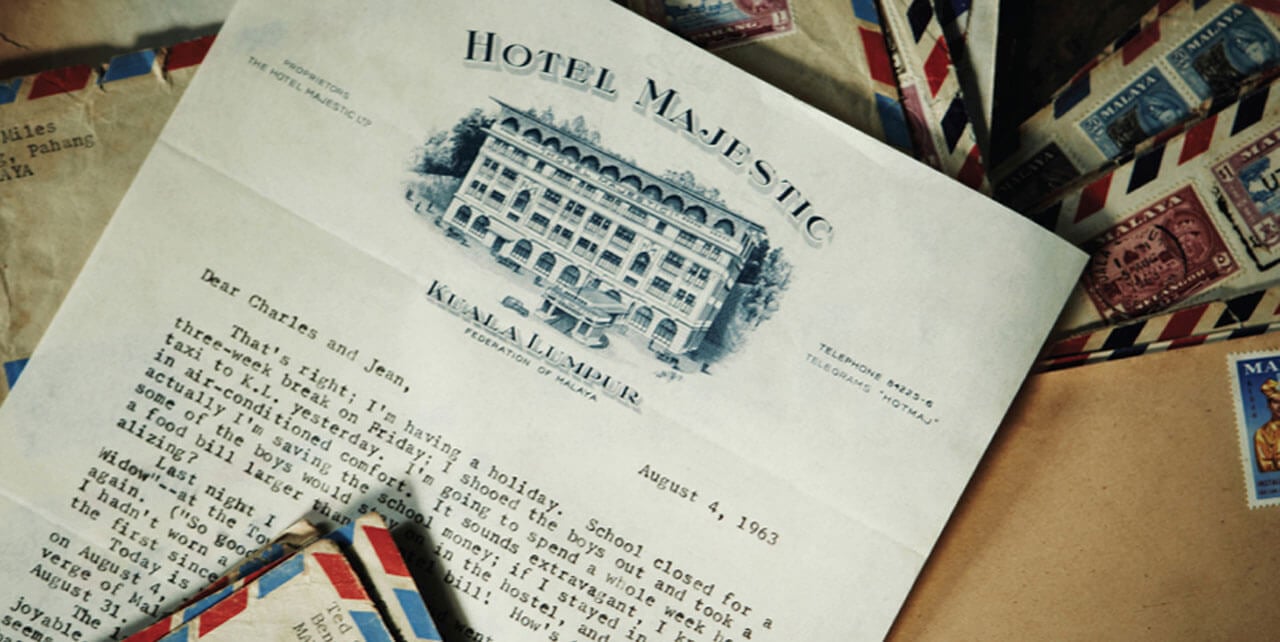
The Majestic’s current acclaim is built on a structure that dates back decades. Originally opened in 1932, the hotel was designed by Dutch architectural firm Keyes & Dowdeswell, best known for their Neoclassical and Art Deco sensibilities. At the time, it was one of the most luxurious addresses in British Malaya, hosting British officials, rubber tycoons, and society’s elite.
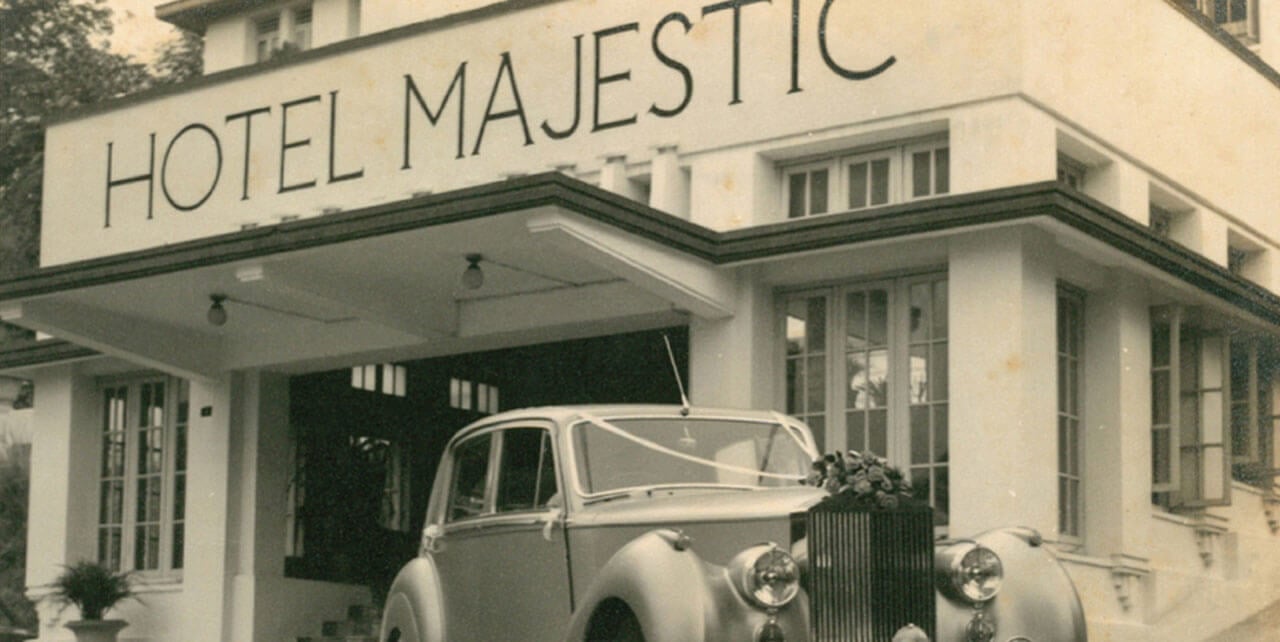
But like many colonial-era institutions, its prominence faded after independence. In the 1980s, the original building ceased operations as a hotel and became home to the National Art Gallery. For a while, it seemed like The Majestic’s days of hosting high tea and black-tie dinners were over.
That changed when a major restoration by YTL Hotels—the Malaysian conglomerate that’s also responsible for giving life to Sentul Depot—in the 2010s reintroduced the property to the public. Rather than tear down or fully reconstruct, the team chose to preserve the original building and add a modern extension beside it. The result is duality: one part heritage time machine, the other a reflection of Kuala Lumpur’s current cosmopolitan setting.
Two Wings, One Vision
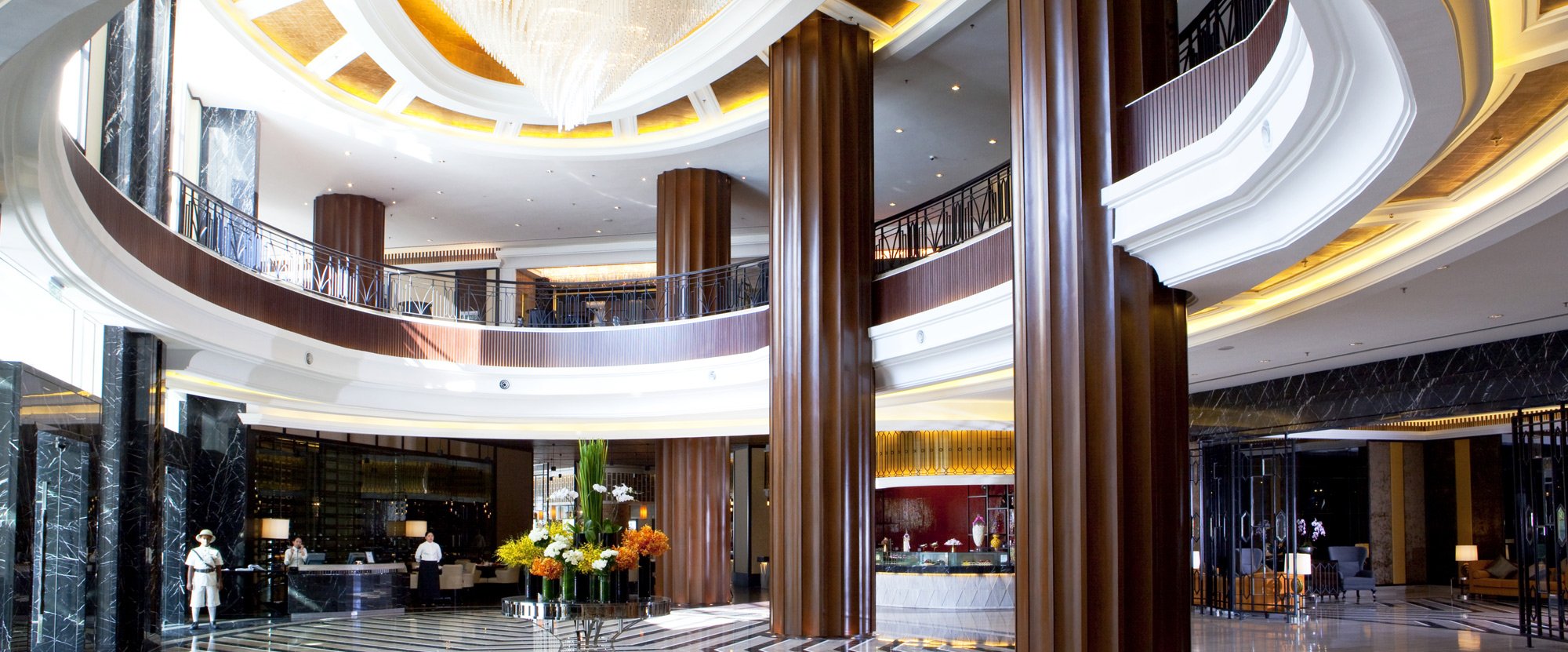
This dual nature defines The Majestic’s unique architectural identity today. The original building (now the Majestic Wing) remains a pristine example of colonial-era design, complete with black-and-white floor tiles and arched windows. Suites in this wing come with old-world details like claw-foot bathtubs and buttoned leather armchairs, supported by a dedicated butler service. The drawing room and library are equally accurate to the building’s 1930s roots.
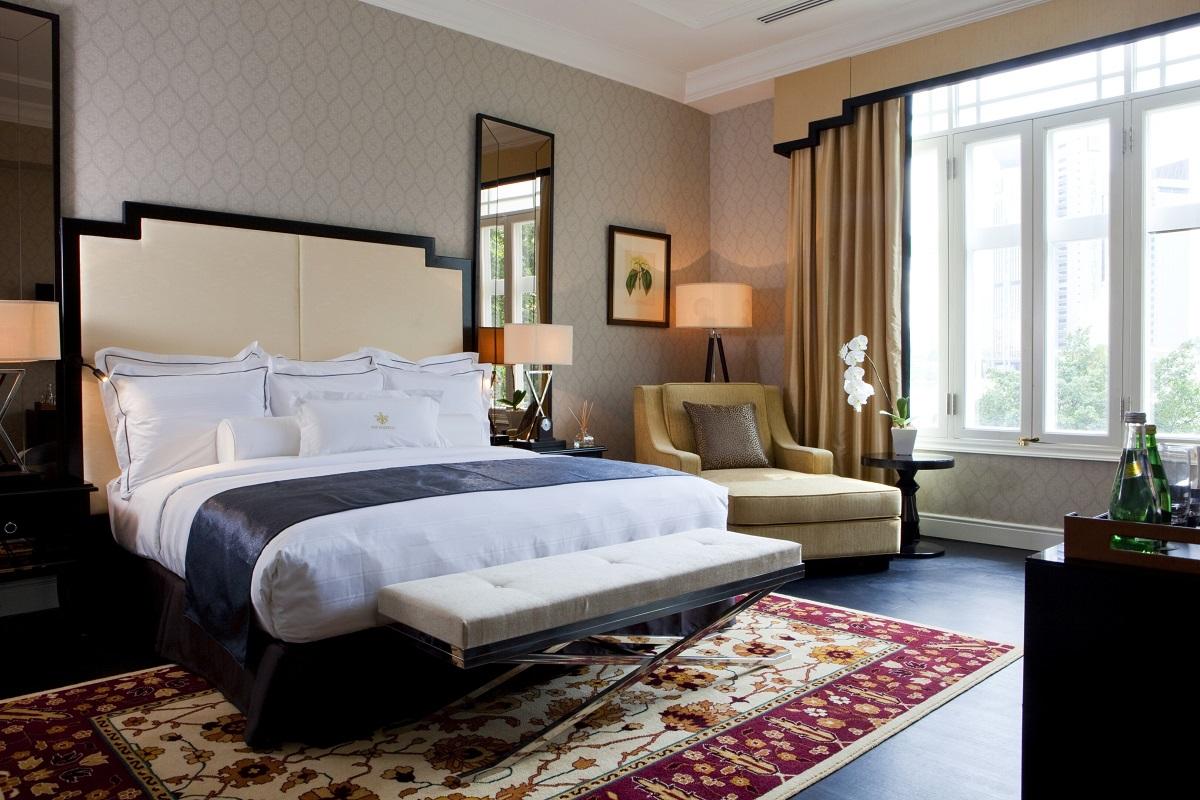
Just next door, the Tower Wing offers a more contemporary take. Built from the ground up during the restoration, it’s taller, sleeker, and more versatile. Rooms are larger, layouts are open, and the overall style leans toward minimalism with tasteful Art Deco cues. The in-house restaurant, Contango, is an upscale all-day dining venue with an open kitchen, offering everything from sushi to Malaysian flavors. But even here, the finishes echo the sensibilities of the original structure.
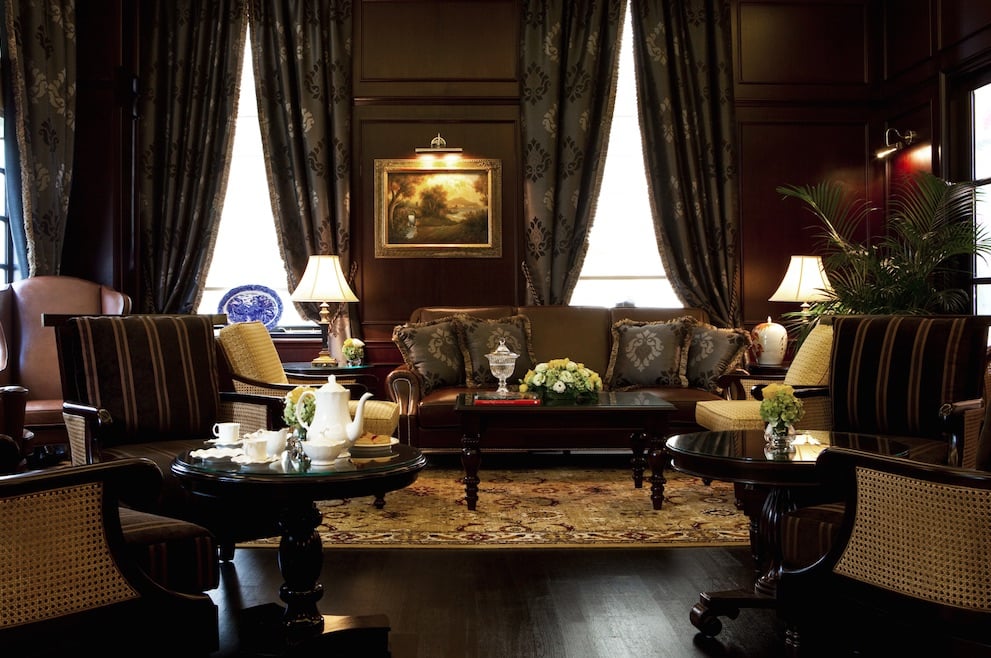
This harmony between old and new is intentional. In various interviews, YTL’s design team has emphasized the importance of creating a “dialogue between the eras,” a conversation between the colonial legacy and Malaysia’s place in the modern world.
Preservation as Living Memory
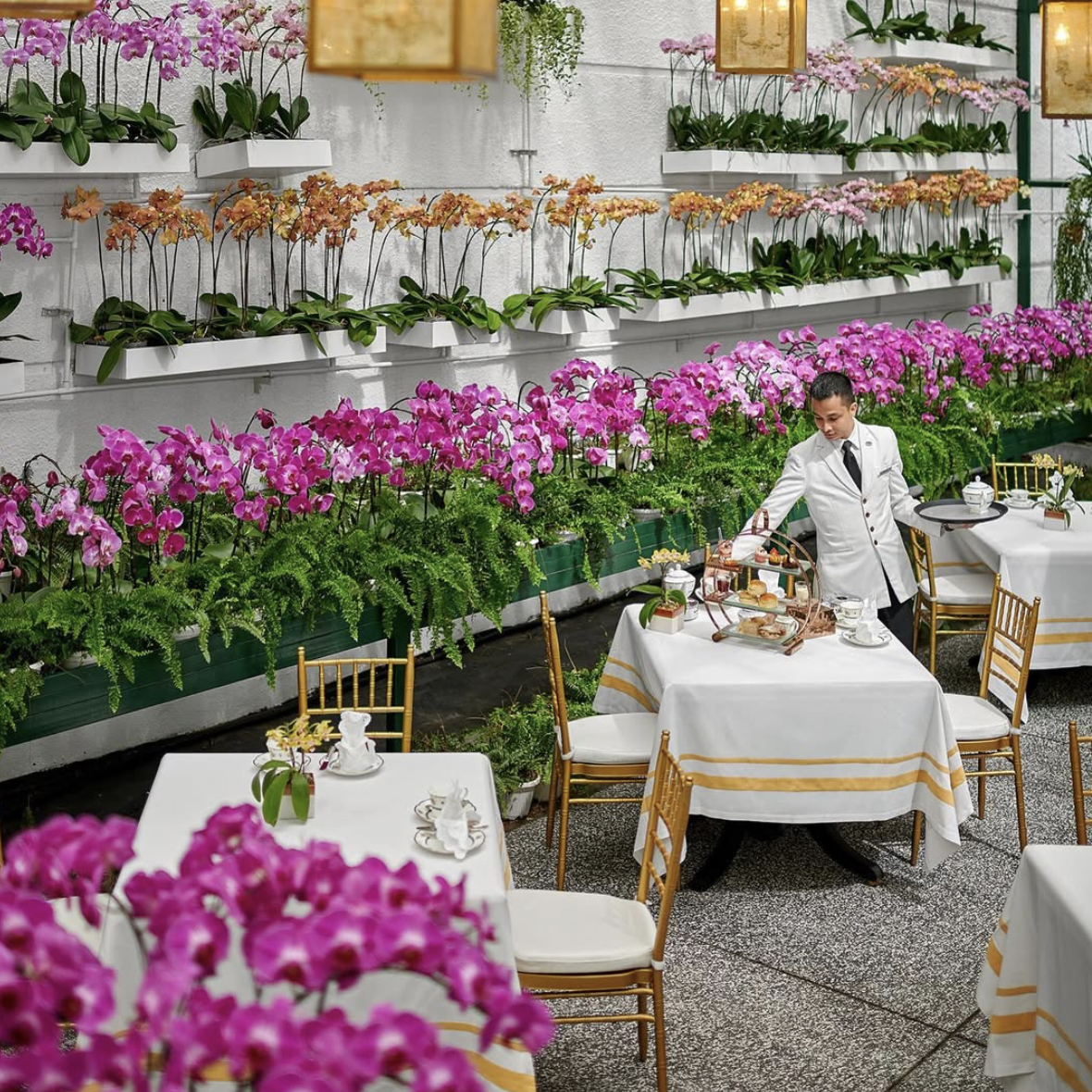
The Majestic’s transformation is a case study in architectural and cultural preservation in Malaysia. At a time when many historical buildings in Kuala Lumpur are being demolished or remade into commercial shells, The Majestic is one of the few heritage projects that has retained its essence. It stands as proof that preservation doesn’t mean archiving; it means actively using the past to enrich the present.
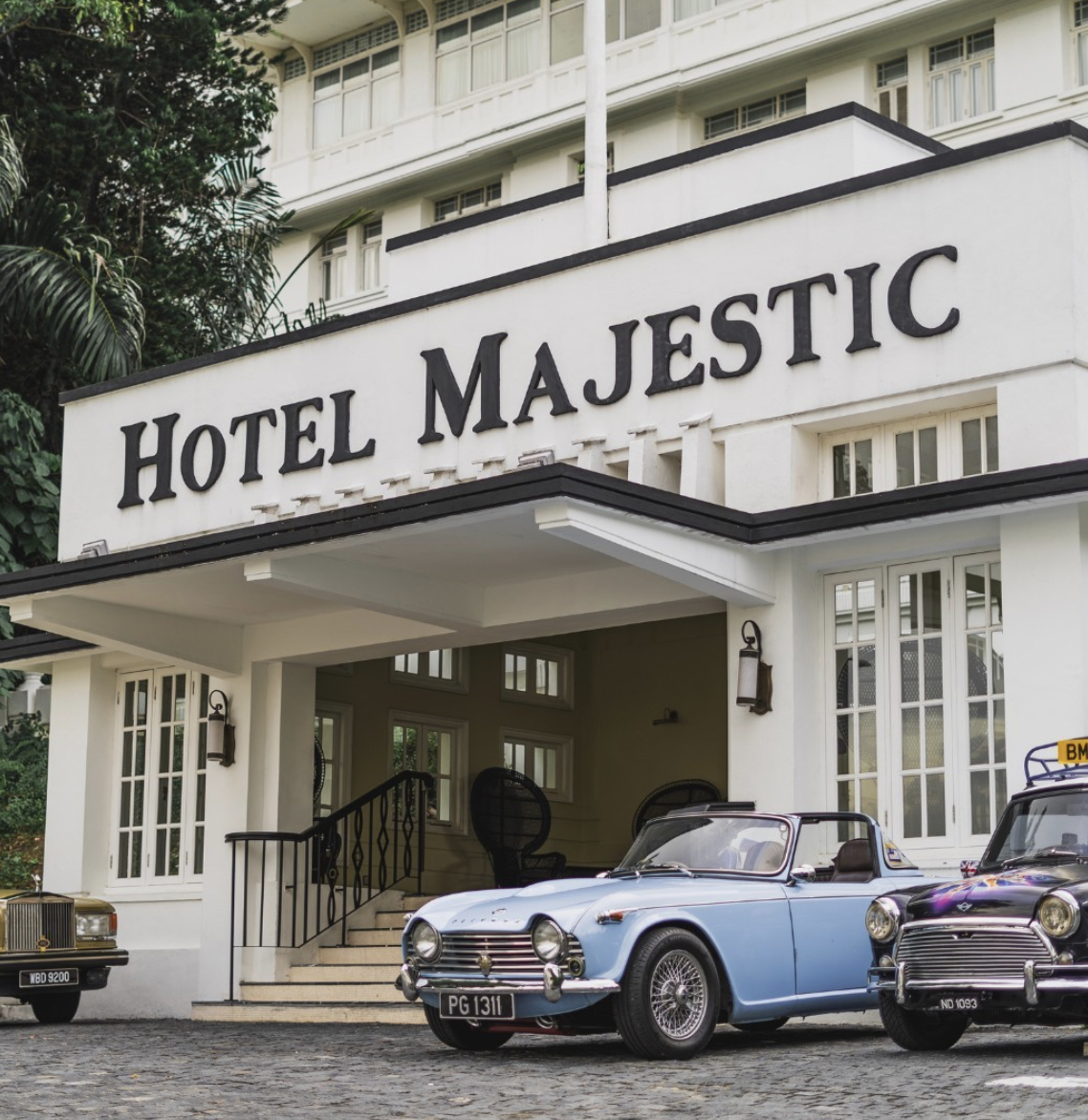
That philosophy extends to its programming as well. Afternoon tea in the Orchid Conservatory might appear to be a British pastime, but it’s filled with local orchids and often accompanied by Malaysian snacks.
By offering comfort without erasing character, and grandeur without pretense, it presents a model for how Malaysia might move forward while holding onto what matters most. Whether you check in for a night, stay for high tea, or simply stop by to admire the lobby, you leave with the sense that some things—if treated with care—can remain timeless.
Cover image via The Majestic.




